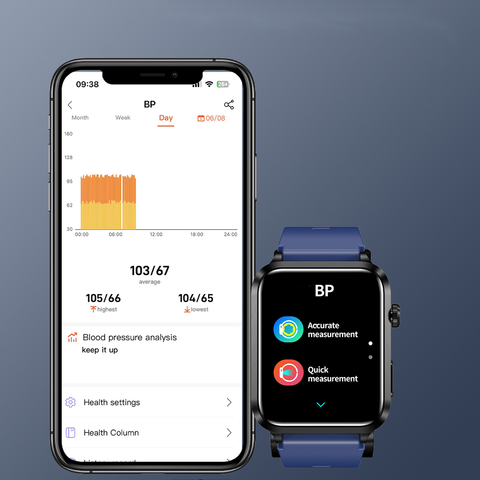How Pets Can Help Lower Your Blood Pressure
The Science Behind Pets and Blood Pressure
Research has consistently shown that interacting with pets can lead to significant reductions in blood pressure. The mechanism behind this effect is rooted in the body's physiological and psychological responses to pet companionship. When individuals spend time with their pets, their body releases oxytocin, often referred to as the "love hormone." Oxytocin is known for its calming and bonding effects, which help reduce stress and lower blood pressure.
Additionally, the act of petting or playing with a pet has been shown to trigger the release of endorphins, the body's natural feel-good chemicals. These endorphins help counteract the stress hormone cortisol, thereby contributing to a reduction in blood pressure. This is particularly important in today's world where chronic stress is a significant factor in the development of hypertension and other cardiovascular conditions.
Stress Reduction and Emotional Well-being
One of the primary ways pets impact blood pressure is through their ability to alleviate stress and enhance emotional well-being. The companionship of pets provides a consistent source of comfort and support, which can be especially beneficial during challenging times. Pet owners often report feeling less lonely and more connected, which can mitigate the effects of stress on the body.
The routine of caring for a pet, including feeding, walking, and playing, also provides structure and a sense of purpose. This daily routine can help individuals manage stress more effectively, as it offers a distraction from worries and encourages a more active lifestyle. Physical activity, such as walking a dog, further contributes to lower blood pressure and improved cardiovascular health.
The Impact of Pet Interaction on Blood Pressure: Evidence from Research
Several studies have explored the relationship between pet ownership and blood pressure. A notable study published in the Journal of Clinical Psychology found that pet owners had significantly lower blood pressure and heart rates compared to non-pet owners. The study attributed these benefits to the calming effects of pet interaction and the reduced need for medications in pet owners compared to those without pets.
Another study conducted by the American Heart Association revealed that pet ownership was associated with a lower risk of heart disease. The researchers noted that pet owners, particularly dog owners, experienced lower blood pressure and heart rates during stressful situations. The study suggested that the presence of pets acts as a buffer against stress, providing emotional support that contributes to overall cardiovascular health.

Practical Tips for Maximizing the Benefits of Pets
To fully capitalize on the health benefits of pets, consider the following tips:
-
Engage in Regular Interaction: Spend quality time with your pet through activities such as walking, playing, and grooming. The more you engage with your pet, the greater the stress-relieving benefits you’ll experience.
-
Maintain a Routine: Establish a regular routine for caring for your pet. Consistent care routines can provide a sense of stability and purpose, contributing to lower stress levels.
-
Incorporate Physical Activity: Take advantage of opportunities for physical activity with your pet, such as walking or playing fetch. Regular exercise is known to reduce blood pressure and improve cardiovascular health.
-
Practice Mindfulness: Use your time with your pet as an opportunity to practice mindfulness. Focus on the positive sensations and emotional connection you experience during pet interactions, which can enhance the stress-reducing effects.
-
Consider Pet Therapy: If you don’t own a pet, consider engaging in pet therapy programs. Many organizations offer opportunities to interact with therapy animals, which can provide similar benefits to those of pet ownership.
Broader Implications for Health and Well-being
The positive impact of pets on blood pressure is just one aspect of their broader influence on health and well-being. The emotional support provided by pets can help alleviate symptoms of anxiety and depression, enhance social interactions, and promote a more active lifestyle. Additionally, the unconditional love and companionship offered by pets contribute to overall happiness and quality of life.
Incorporating pets into your life, whether through ownership or interaction with therapy animals, can be a valuable strategy for managing stress and maintaining cardiovascular health. By fostering a positive and supportive environment, pets play a crucial role in enhancing both physical and emotional well-being.
Conclusion
The presence of pets in our lives offers a multitude of benefits, including significant positive effects on blood pressure. Through the release of oxytocin and endorphins, stress reduction, and increased physical activity, pets contribute to improved cardiovascular health and overall well-being. Embracing the companionship of pets can be a powerful tool in managing stress and enhancing quality of life. Whether you’re a current pet owner or considering adding a furry friend to your life, the health benefits of pets are well worth exploring.












